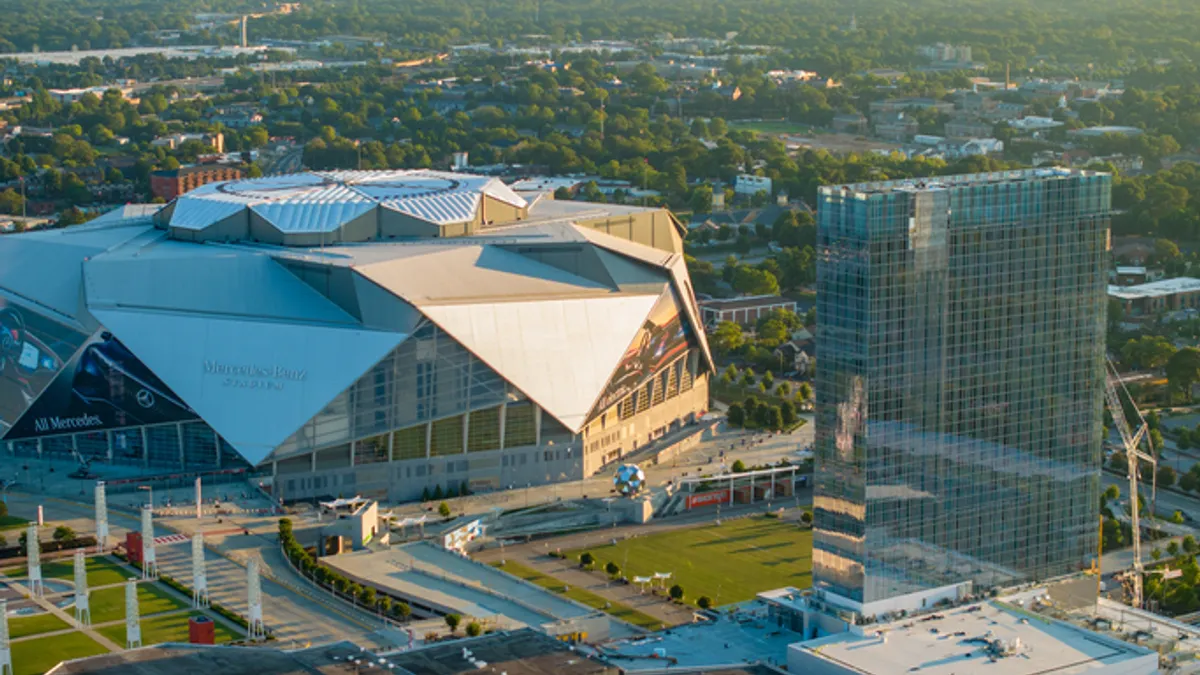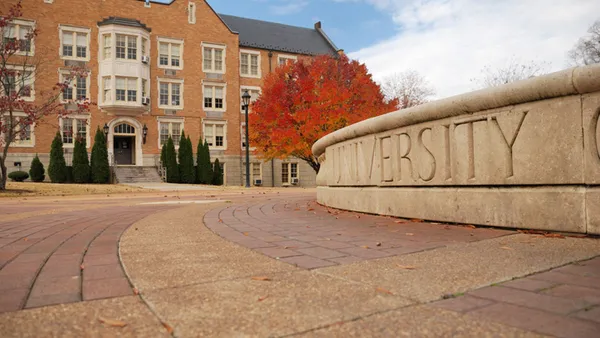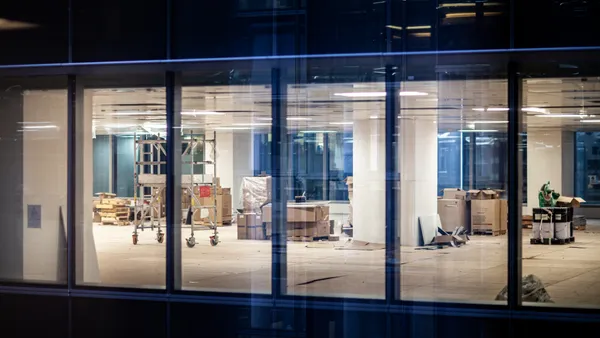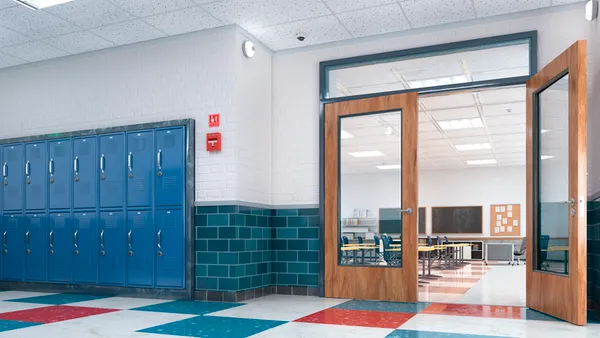Dive Brief:
- After reaching record levels of construction activity in the second quarter of 2024, Boston-Cambridge, San Diego and the San Francisco Bay Area — which CBRE ranks as the three biggest U.S. life sciences markets — are dealing with oversupply issues, according to the firm’s 2024 life sciences construction benchmarks and trends report released Tuesday.
- Construction deliveries across all three markets peaked between Q4 2023 and Q2 2024, driving vacancy rates to a “record high” in the second quarter and negative net absorption over the last 12 months, according to the report. CBRE expects that all three markets will likely take several years to absorb the oversupply.
- Across 13 U.S. life sciences markets analyzed by CBRE, negative net absorption stood at nearly 2 million square feet, with further losses in the first half of 2024 and about 72% of the 21.2 million square feet under construction remaining unleased. “While sector activity picked up slightly in the second quarter, there is still a long road ahead for developers looking to fill their new buildings,” its report says.
Dive Insight:
Life sciences leasing activity increased 14% quarter over quarter to nearly 3.1 million square feet in the third quarter of 2024, with close to 1.2 million square feet of negative net absorption and 2.9 million square feet of vacant new deliveries, according to another CBRE report on the Q3 life sciences market released Oct. 30. The vacancy rate in lab and R&D spaces rose 1.7 percentage points quarter over quarter to 18.4%.
The top three life sciences markets “have felt the brunt of oversupply issues,” CBRE says in its life sciences construction benchmarks and trends report. The firm notes that Boston-Cambridge has the “most speculative” lab and research and development space under construction, followed by the Bay Area and San Diego.
Excluding the top three life sciences markets, the other top 10 markets tracked by CBRE combined for 300,000 square feet of positive net absorption in the third quarter of 2024, CBRE says in its Q3 life sciences report. Average triple-net asking rent increased 1.3% from the prior quarter to $72.80 per square foot, mainly due to increased availability from new deliveries, that report says.
Life science project costs have increased by 20% to 25%, compared with pre-pandemic levels, according to CBRE’s construction benchmarks and trends report. A national comparison of seven major life science fit-out types shows a large range in costs, with specialty spaces like vivariums, cleanrooms and gene therapy space costing the most to build, CBRE says. Specialty equipment costs have also risen sharply from pre-pandemic levels, with some clocking an increase of as much as 30% to 50%, per its construction benchmarks and trends report.
Across all life sciences facility types in six markets surveyed by Cushman & Wakefield, fit-out costs overall averaged $846 per square foot, with costs totaling $771 per square foot on the low end and $986 at the high end, according to the firm’s 2025 life sciences fit-out cost guide, released Nov. 1. With rising fit-out costs, tenants improvement allowances have increased as well, averaging a 38% rise across eight select markets, according to CBRE’s benchmarks and trends report.
While some developers have considered conversions to repurpose underutilized commercial space, office-to-lab projects remain costly due to building requirements and amenities that vary greatly from those of a standard office, CBRE says. These include increased security; flexible design; improved plumbing to allow for emergency showers, eye stations and sinks; higher floor load capacity; 16-foot floor-to-floor height; HVAC units that can run 24/7 and accommodate ventilation that allows for 100% outside air; additional loading docks to prevent cross-contamination; and zoning differences, CBRE says.
In addition to “go back to work measures,” those amenities have led to an increase in mechanical, electrical and plumbing costs, David Kristjanson, managing director of life sciences and global sector lead of project management at CBRE, said during a panel that discussed the 2024 life sciences report. “We will continue … to see construction either flatten or decrease due to inflation, but we will continue to see some struggles in the material and equipment arena when it comes to timelines and supply chain constraints.”
AI is also helping to drive construction, operations and portfolio optimization, according to the panelists. “We use AI and predictive maintenance … to help monitor equipment health and detect issues before they happen. We use it in … in cost comparisons on proposals. I use it in scheduling. We use it in cost management,” Matt Gardner, head of life sciences, Americas advisory at CBRE, said on the panel.
While CBRE is seeing a modest number of larger deals, the firm expects bigger deals to increase in 2025, Ian Anderson, who leads U.S. office, life sciences and healthcare research as senior director of research at CBRE said on the panel. “I don’t want to jinx 2025,” but many of the larger site selection processes underway that paused a few years ago seem to be picking up again, according to Anderson. “We like to say internally [that] some of those planes are starting to land,” Anderson said.













